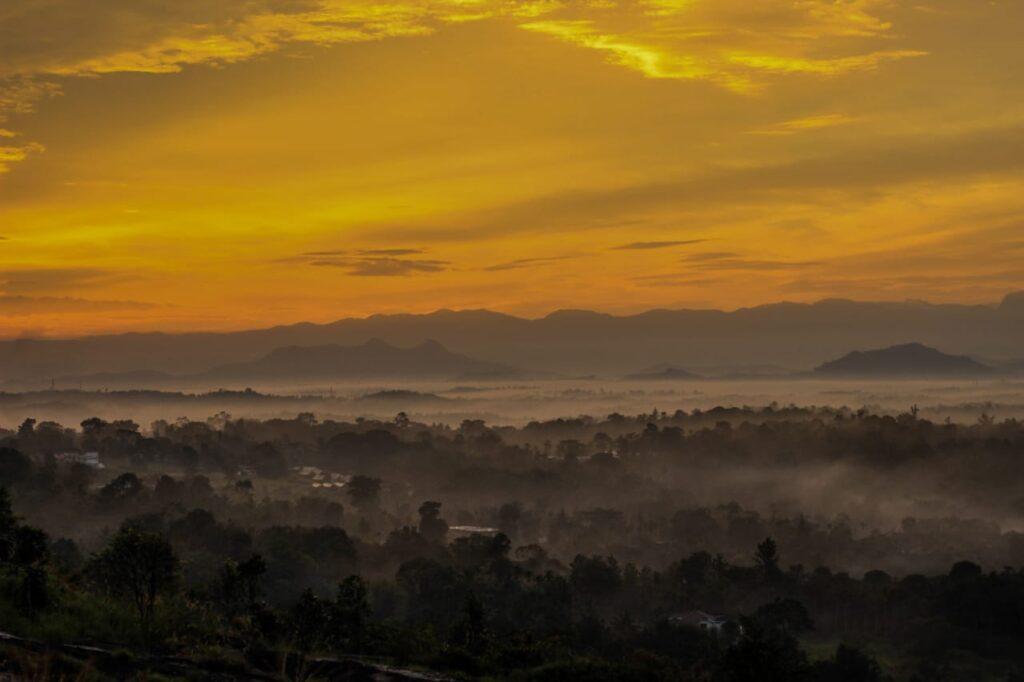The tragic landslide that struck Wayanad in July 2024 left a profound impact on the region, causing devastation to lives, infrastructure, and the environment. In the aftermath of this disaster, the community faces the daunting task of rebuilding and recovering. This article delves into the multifaceted aspects of the landslide’s impact, the immediate relief efforts undertaken, and the long-term rehabilitation and reconstruction plans that are essential for the region’s recovery. By understanding the challenges faced and implementing strategic measures, Wayanad can emerge stronger and more resilient in the face of future natural disasters.
1. Understanding the Impact of the Tragic Landslide in Wayanad
Overview of the Landslide Event
In July 2024, Wayanad was struck by a devastating landslide, causing widespread destruction and loss of life. The natural disaster left a trail of destruction in its wake, impacting both infrastructure and communities.
Economic, Social, and Environmental Impacts
The tragic landslide in Wayanad not only resulted in significant economic losses due to damaged properties and disrupted livelihoods but also had profound social impacts by displacing families and disrupting communities. Furthermore, the environmental impact of the landslide has raised concerns about ecosystem degradation and future vulnerability.
2. Immediate Relief Efforts and Emergency Response
Mobilization of Rescue Teams and Resources
Immediately following the landslide, rescue teams and emergency responders mobilized to the affected areas, working tirelessly to search for survivors and provide assistance to those in need. The swift response helped in saving lives and mitigating further damage.
Medical Aid and Humanitarian Assistance
Medical aid teams were deployed to offer urgent healthcare services to the injured, while humanitarian assistance provided essential supplies, shelter, and support to those affected by the disaster, offering a glimmer of hope in the midst of chaos.
3. Long-Term Rehabilitation and Reconstruction Plans
Assessment of Infrastructure Damage
A comprehensive assessment of the infrastructure damage caused by the landslide is crucial in understanding the extent of the destruction and planning for effective reconstruction efforts. This evaluation forms the foundation for rebuilding a resilient community.
Development of Reconstruction Framework
With a clear understanding of the damages, the development of a robust reconstruction framework becomes paramount. This plan should focus on not only restoring the physical infrastructure but also addressing the social and economic needs of the affected population to ensure a sustainable recovery.
4. Strengthening Infrastructure and Preventive Measures
Implementation of Early Warning Systems
To prevent future tragedies, the implementation of early warning systems is essential. These systems can help in predicting and preparing for potential landslides, giving communities the time needed to evacuate and take necessary precautions.
Infrastructure Upgrades for Resilience
Investing in infrastructure upgrades that enhance resilience against natural disasters like landslides is crucial for the long-term safety of communities in Wayanad. Building stronger structures and adopting sustainable practices can mitigate the impact of future calamities, ensuring a more secure future for all.
5. Engaging Local Communities in the Recovery Process
Community Participation in Decision-Making
Involving the local communities in decision-making processes regarding the recovery efforts in Wayanad is crucial. Their insights and knowledge of the area can greatly contribute to effective planning and rebuilding strategies.
Psychosocial Support and Community Healing
Providing psychosocial support to the residents affected by the tragic landslide is essential for promoting healing and resilience. Initiatives focusing on mental health and community well-being can help individuals cope with the aftermath of the disaster.
6. Environmental Conservation and Sustainable Development Initiatives
Reforestation and Soil Conservation Efforts
Implementing reforestation projects and soil conservation efforts can help restore the natural ecosystem in Wayanad, reducing the risk of future landslides and promoting environmental sustainability.
Promoting Eco-friendly Practices in Rebuilding
Encouraging eco-friendly practices in the reconstruction process can minimize environmental impact and create a more sustainable future for Wayanad. Utilizing green technologies and materials can lead to a greener and more resilient community.
7. Collaborating with Government Agencies and NGOs for Support
Coordination of Relief Efforts among Stakeholders
Effective coordination between government agencies, non-governmental organizations, and other stakeholders is vital for streamlining relief efforts and ensuring that resources are utilized efficiently to aid in the recovery process.
Mobilizing Funding and Resources for Recovery
Collaborating with government agencies and NGOs to mobilize funding and resources can help expedite the recovery process in Wayanad. By pooling resources and expertise, stakeholders can work together towards rebuilding a stronger and more resilient community.
8. Building Resilience and Preparedness for Future Natural Disasters
Educational Campaigns on Disaster Preparedness
Conducting educational campaigns on disaster preparedness can empower residents with the knowledge and skills needed to respond effectively to future natural disasters. Equipping the community with adequate information and training can enhance overall resilience.
Research and Development for Sustainable Disaster Mitigation Strategies
Investing in research and development for sustainable disaster mitigation strategies is essential for building long-term resilience in Wayanad. By exploring innovative approaches to disaster risk reduction, the community can better prepare for and mitigate the impact of future calamities.
Conclusion
As Wayanad navigates through the aftermath of the tragic landslide of July 2024, it is evident that the road to recovery will be long and arduous. However, with a collective effort from local communities, government agencies, NGOs, and stakeholders, coupled with sustainable development initiatives and a focus on resilience building, Wayanad can overcome this tragedy and emerge as a more prepared and resilient region in the face of future natural disasters. Together, we can work towards a brighter and safer future for Wayanad and its inhabitants.
Frequently Asked Questions (FAQ)
1. How did the landslide in July 2024 impact the local economy of Wayanad?
The landslide in July 2024 had a significant impact on the local economy of Wayanad, disrupting agricultural activities, damaging infrastructure, and causing loss of livelihoods for many residents.
2. What are some of the key preventive measures being considered to avoid similar disasters in the future?
Authorities are focusing on implementing early warning systems, strengthening infrastructure, such as roads and retaining walls, and promoting sustainable land use practices to mitigate the risks of future landslides in Wayanad.
3. How can individuals contribute to the recovery and rebuilding efforts in Wayanad?
Individuals can contribute to the recovery efforts in Wayanad by volunteering for relief operations, donating to reputable organizations involved in reconstruction, and spreading awareness about sustainable practices that can help prevent future disasters.


